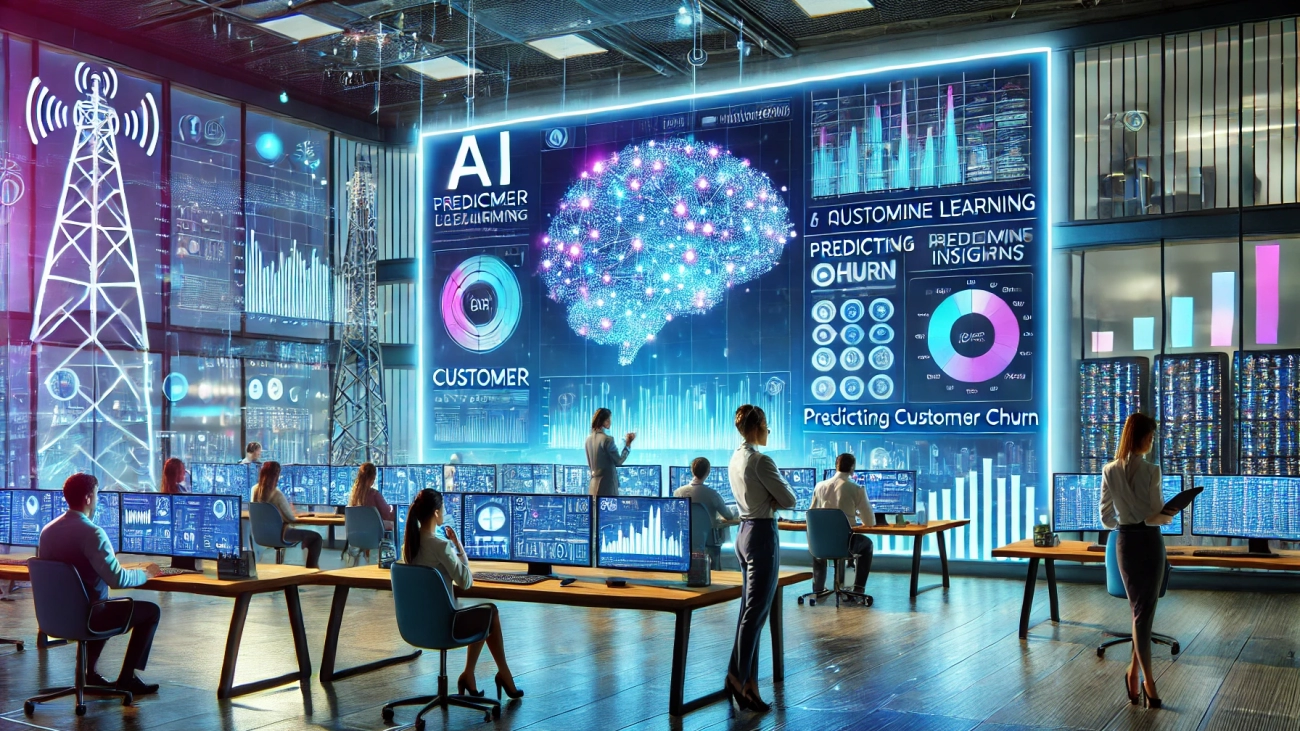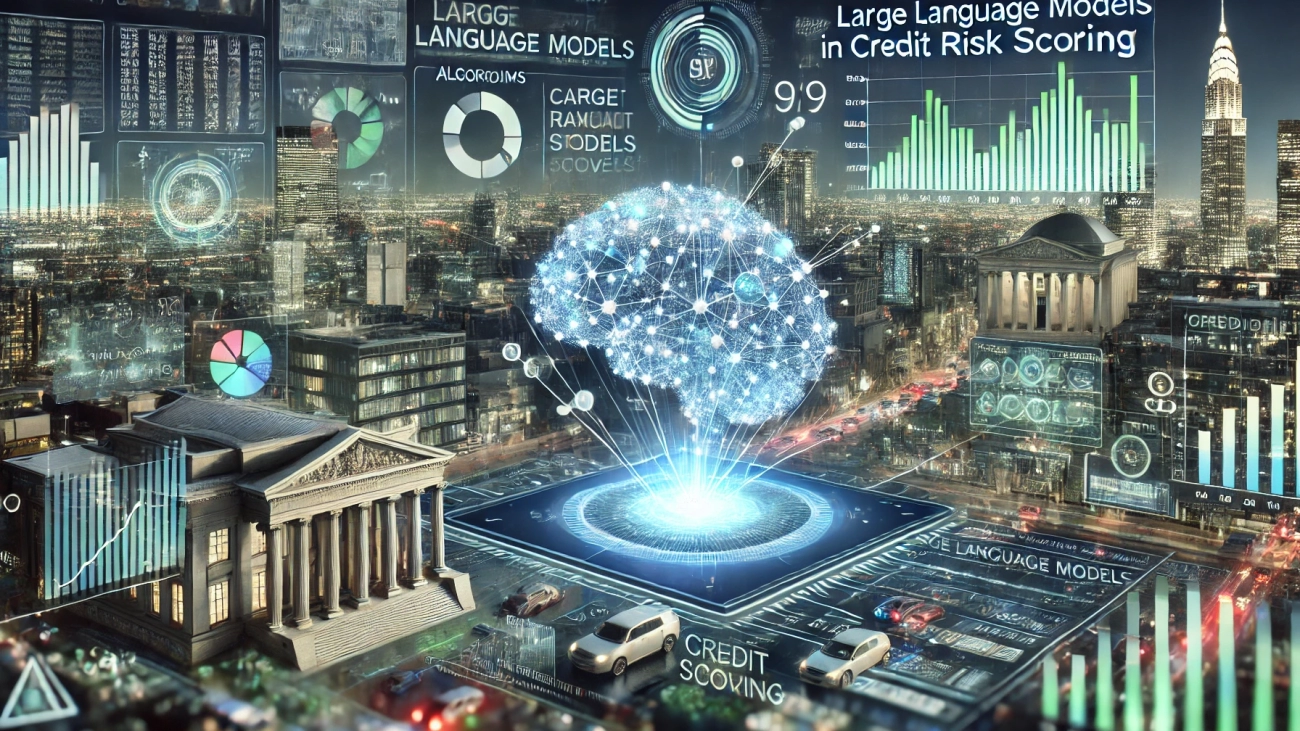Recent trends in employing AI and machine learning (ML) techniques for customer churn prediction in telecom companies highlight significant advancements and methodologies aimed at enhancing customer retention.
Key Trends
1. Deep Learning Techniques
Deep learning is increasingly being utilized for churn prediction due to its ability to handle large datasets and extract complex patterns. Recent studies indicate that deep learning models, such as Deep-BP-ANN, have shown superior performance compared to traditional ML models like XGBoost and logistic regression. For instance, a study demonstrated that a deep learning model achieved an accuracy improvement over existing models by effectively managing feature selection and preventing overfitting using techniques like early stopping and regularization.
2. Real-Time Prediction Capabilities
AI technologies now enable real-time churn prediction, allowing telecom companies to monitor customer behavior continuously. This capability allows for immediate interventions when potential churn is detected, such as personalized offers or customer engagement strategies, thus increasing the chances of retaining at-risk customers.
3. Feature Engineering and Selection
Advanced feature engineering methods are being employed to enhance model accuracy. Techniques that incorporate demographic, usage-related, and behavioral characteristics are essential. Moreover, the integration of social network analysis (SNA) features has proven to significantly improve prediction outcomes by providing deeper insights into customer relationships and interactions.
4. Explainable AI (XAI)
There is a growing emphasis on explainable AI methods, such as LIME and SHAP, which help in understanding the decision-making process of churn prediction models. This transparency is crucial for telecom companies, as it allows them to interpret model outputs and make informed strategic decisions based on the factors driving customer churn.
5. Big Data Platforms
The use of big data platforms is becoming standard in churn prediction efforts. Telecom companies are leveraging these platforms to process vast amounts of structured and unstructured data, which is essential for building robust predictive models. The ability to handle large datasets effectively enhances the predictive capabilities of ML algorithms, leading to higher accuracy in identifying potential churners.
6. Integration of Multiple Algorithms
Many recent studies advocate for a hybrid approach that combines various machine learning algorithms to improve prediction accuracy. For example, ensemble methods that integrate the strengths of different classifiers have shown promising results in predicting customer churn more effectively than single-algorithm approaches.In conclusion, the latest trends in AI and ML for customer churn prediction in telecom companies focus on leveraging deep learning, real-time analytics, advanced feature engineering, explainability, and big data technologies to enhance customer retention strategies. These innovations are critical as telecom companies navigate a highly competitive market where customer loyalty is paramount.
References:
[1] https://www.leewayhertz.com/ai-and-ml-in-customer-churn-prediction/ [2] https://www.naturalspublishing.com/files/published/i4925e47vyg47p.pdf [3] https://journalofbigdata.springeropen.com/articles/10.1186/s40537-019-0191-6 [4] https://www.mdpi.com/1999-4893/17/6/231 [5] https://ieeexplore.ieee.org/iel7/6287639/10380310/10531735.pdf [6] https://www.sciencedirect.com/science/article/pii/S2666827024000434 [7] https://www.researchgate.net/publication/380913923_Prediction_of_Customer_Churn_Behavior_in_the_Telecommunication_Industry_Using_Machine_Learning_Models [8] https://www.researchgate.net/publication/364037485_Artificial_Intelligence_Based_Customer_Churn_Prediction_Model_for_Business_Markets




